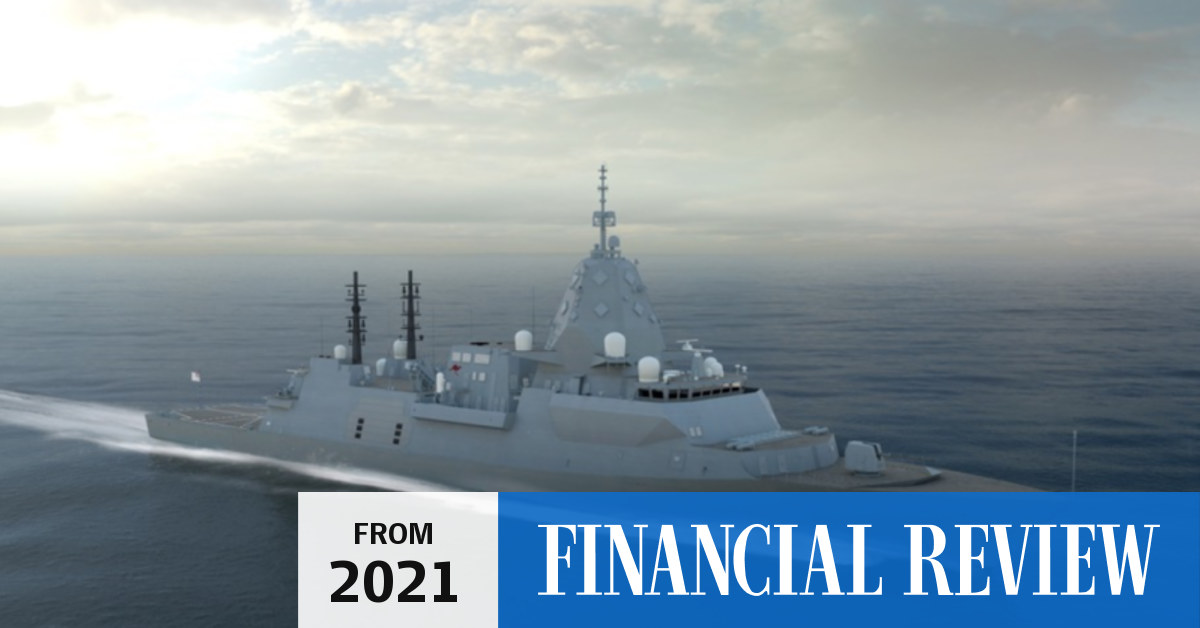I don't have a AFR subscription so can't read the whole thing, but is a 270t/3% margin ok if it's just for the first batch of the Hunters?
I imagine that their initial kit as "fitted with" should leave them highly capable anyway, but wondering if this would have other affects a la the ANZACs and ballast if we needed more topweight later in a mid life upgrade?
Certainly this is been something the AFR are always jumping on.
However, unlike some of the crazy stuff, there is some evidence to go on, as the 270t comes from the senate estimates committee. The opposition is probing, this is what defence bipartisan looks like I guess. AFR is building panic out of a half fact.
But I don't take this as the deal breaker the AFR makes it out to be. New baselines can be made, without any hull design changes. The RAN has had heaps of input into the type 26 and was believed to be one of the key drivers that made it so large in the first place. We have done this in the past, Anzac class is a case, although one where things were very tight.
AFR has another bit as a follow up
Defence officials are preparing options for government in case construction of the $44 billion future frigate project needs to be pushed back from late 2022.

www.afr.com
Also while BAE advises the UK type 26 has a margin of around 10%, with multinational projects you have to keep in mind different countries have different specs and different expectations. In the UK it may be politically useful for the maximum margin to be 8800t (small, light and cheap!), in Australia the same design may be fine to be 9200t. Spain calls the F-105 a frigate, we call ours a destroyer. Ours magically displaces exactly 7,000t (which I believe is its growth margin inc) theirs 6,391t . I wouldn't be surprised if the huge radar does eat into margin on the Hunters, and its no longer 8800t. Putting it all top side is never optimal for margins, but that is exactly where you want your radar.
IMO there is little reason to be coy about the numbers in Australia. The Hunters have an absolutely massive radar setup, many times the volume of either the Canadian CSC or the UK type 26. Sticking the big radar on it to begin with makes sense to me. There is no bigger design Australia could have selected for the hull. The Italian, the Spanish etc were all considerably smaller (and some sported radars that may have gone turtle if actually built). Other designs like the US, were significantly more expensive and more manpower intensive.
However, as the ship is still in design phase we can still position equipment and make decisions before the first steel is cut. I have no doubt people designing it know what they are doing and politicians (or worse, journalists) doing engineering design by estimate committee is absurd. If its within margins, its within margins. IMO the first 3 ships might have limited growth margins, not really a huge issue if the ships are quite capable to begin with.
A better headline may read "RAN to get superior radar in biggest Type 26 variant". Or "Australia to get biggest Frigate in the world!". If I was government I would then have some announcement how future batches will evolve the design and increase in size. Cause that can happen. No one said for the next 20 years we are building exactly the same hull.


